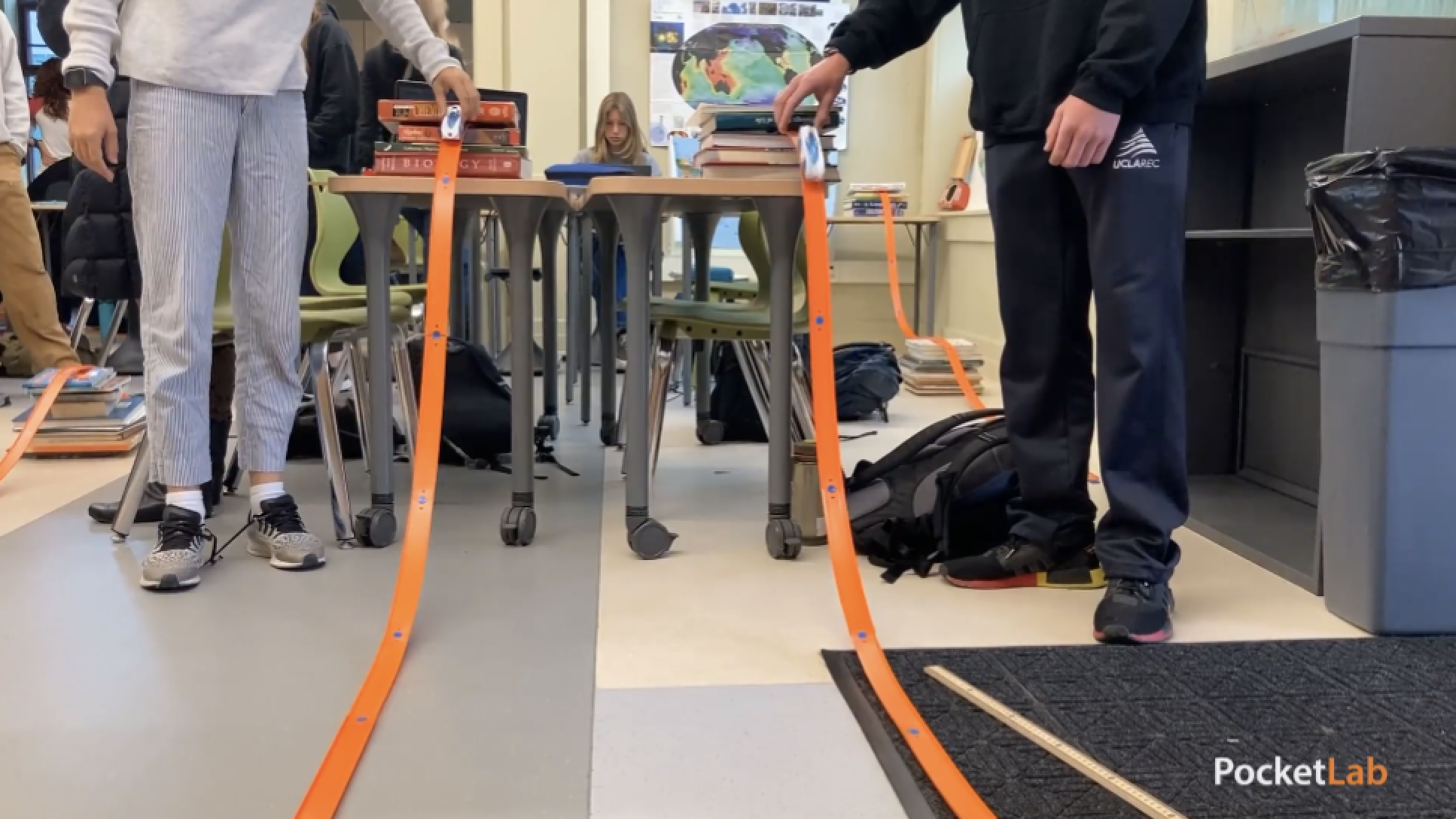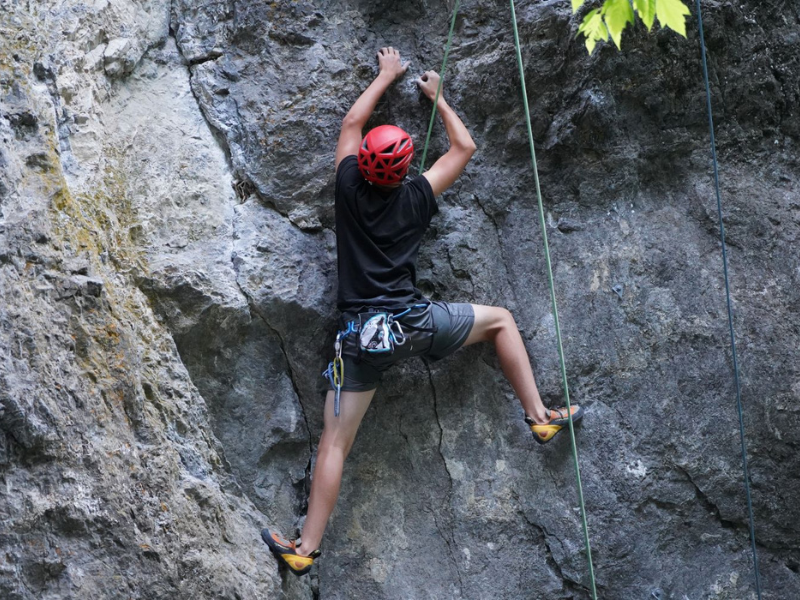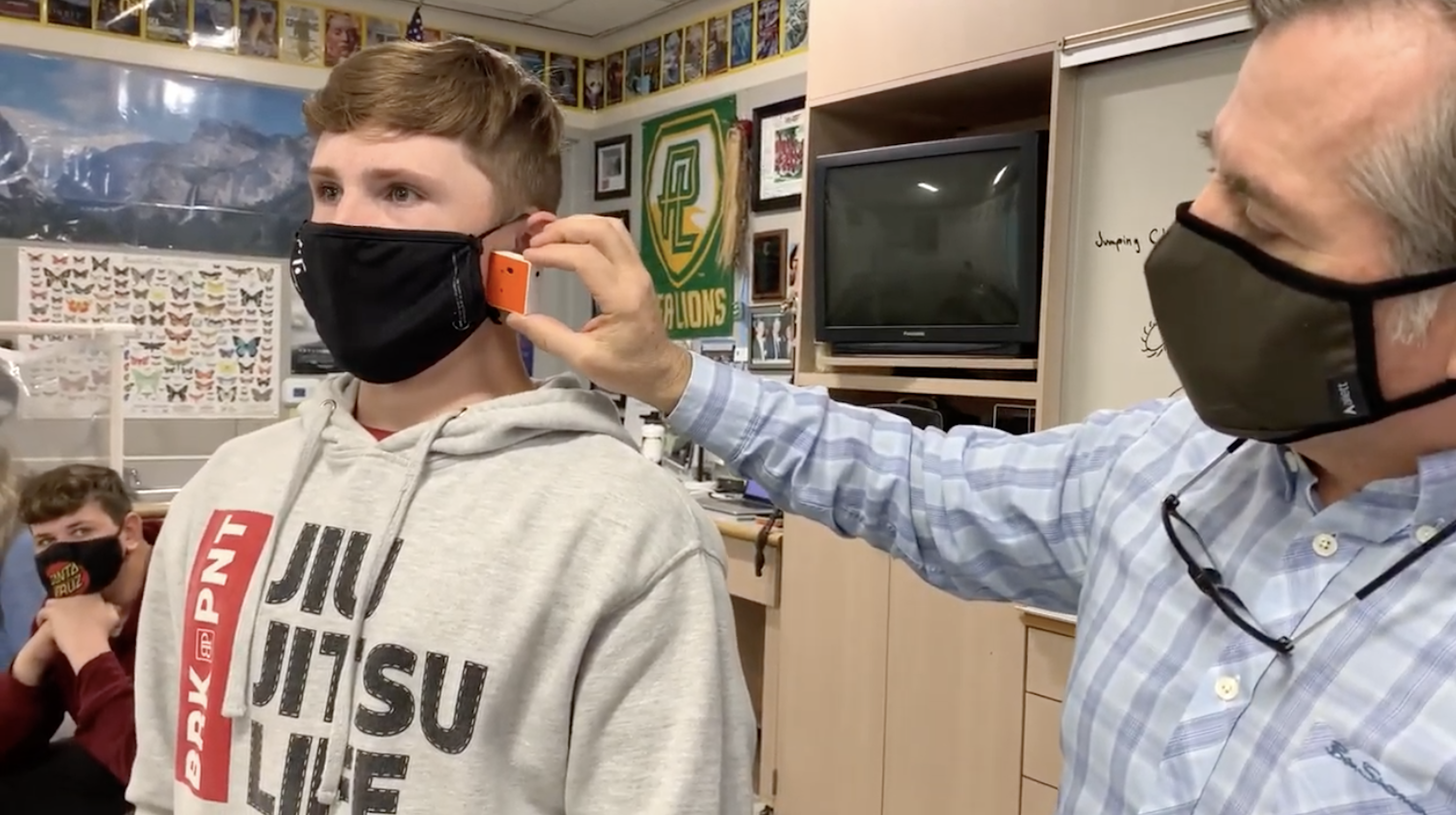Climbing High with PocketLab: Exploring the Science of Climbing
Hello teachers and science enthusiasts! Today, we delve into the exhilarating domain of sports science, spotlighting the compelling and demanding...
2 min read
Cool Things Being Done With PocketLabs Dec 27, 2023 10:53:11 AM

Project-Based Learning (PBL) is a dynamic classroom approach in which students actively explore real-world problems and challenges and acquire a deeper knowledge through active exploration. PocketLab sensors, which are versatile, portable, and user-friendly devices, can significantly enhance the PBL experience by providing tangible data for students to analyze and interpret. Here are five best practices for effectively integrating PocketLab sensors into your PBL curriculum.
Curiosity-Driven Learning: Begin each project by posing a compelling question that is relevant to the students' lives or interests. For example, "How does the temperature change throughout the day in different parts of the school?" Allow students to use the PocketLab sensors such as PocketLab Weather to collect data that will help them answer the question, encouraging exploration and critical thinking.
Cross-Disciplinary Approach: Use PocketLab sensors in a variety of subjects to demonstrate the interconnectedness of science, technology, engineering, and mathematics (STEM), as well as other fields like geography and physical education. For instance, students can use sensors to measure force and motion during a physics unit, or track weather changes in geography.
Teamwork and Communication: Project-based learning thrives on student collaboration. Divide students into groups and assign roles such as data collector, analyst, or presenter. This approach will teach students to work effectively as a team and utilize their individual strengths, all while learning from the data provided by the PocketLab sensors.
Learning from Experimentation: Encourage students to focus on the learning process rather than just the end result. They should understand that it's okay to make mistakes and that failure is often a step towards success. Have them hypothesize, test, and then reflect on their findings using the data from PocketLab sensors. This iterative process is at the heart of scientific inquiry and critical thinking.
Sharing and Reflecting: After the data collection phase, have students present their findings to the class. This can be through a formal presentation, a report, or a creative project. Encourage them to use graphs, charts, and other methods to display the data they collected with the PocketLab sensors. After presentations, hold a reflection session where students discuss what they learned, what they found challenging, and how they could apply this knowledge in the future.
Integrating PocketLab sensors into your project-based learning curriculum can significantly enhance the educational experience by providing hands-on, engaging, and real-world applications of scientific concepts. By following these five best practices, you'll be able to maximize the effectiveness of these tools and provide your students with a memorable and impactful learning experience.
Learn more about PocketLab sensors at https://www.thepocketlab.com/sensors

Hello teachers and science enthusiasts! Today, we delve into the exhilarating domain of sports science, spotlighting the compelling and demanding...
-1.png)
At St-Lambert International High School in Canada, 8th-grade students embarked on an exhilarating scientific journey by launching homemade water...

Mr. Vandegrift is using a PocketLab Voyager (But you can also use Weather or Air) to show his students the efficacy of face masks. Through data...